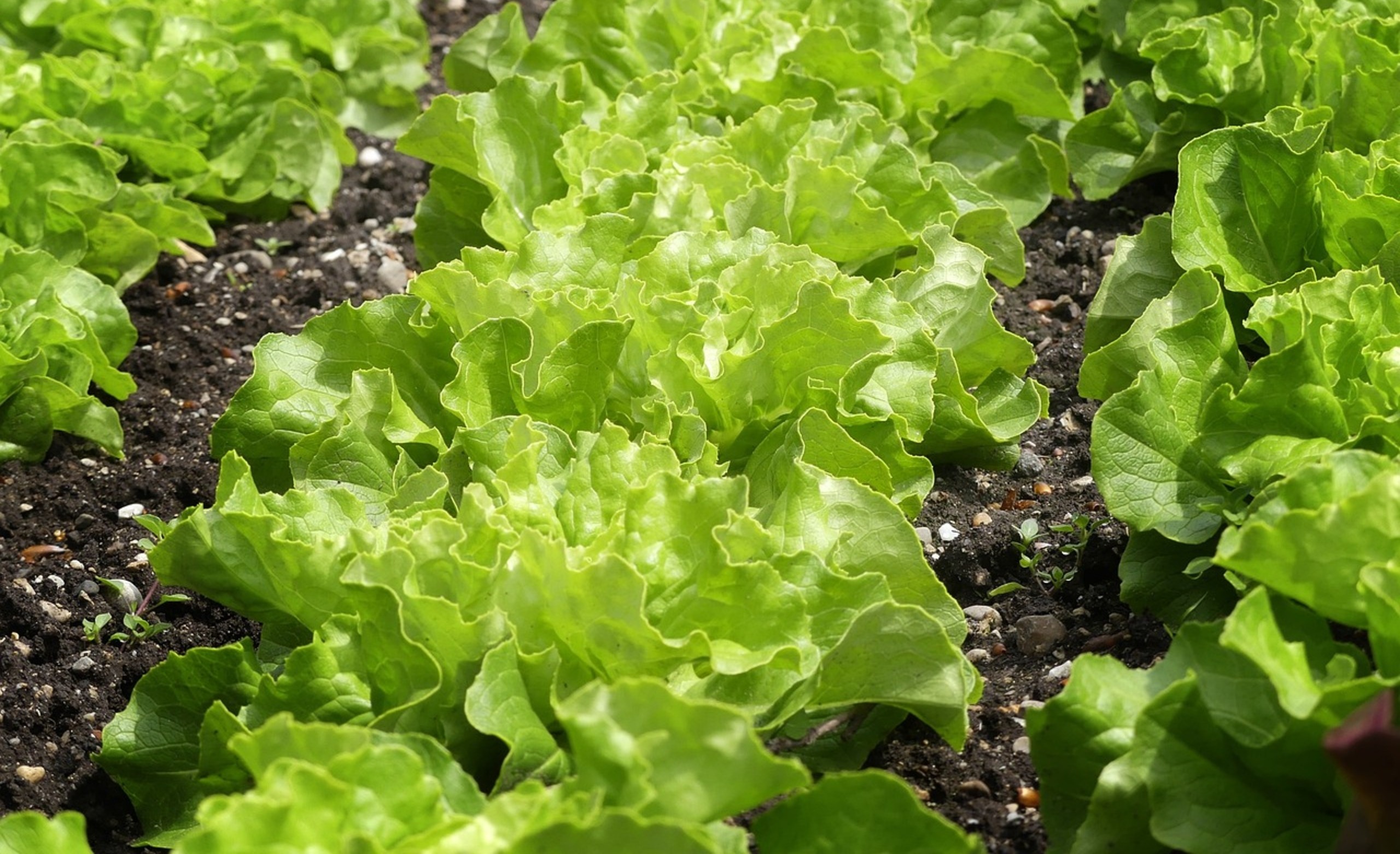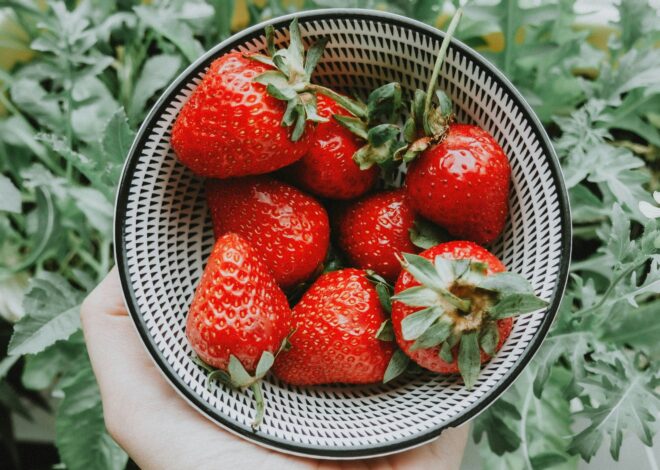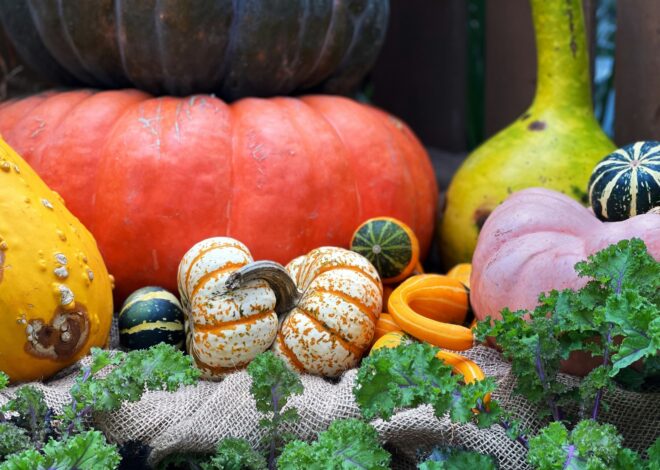
How To Grow Lettuce For Beginners
Learning how to grow lettuce for beginners is easier than you might think. Imagine stepping into your kitchen, plucking fresh lettuce straight from your garden, and tossing it into a vibrant salad. There’s something immensely satisfying about growing your own food, especially when it comes to crisp, crunchy lettuce.
If you’ve ever thought about cultivating this leafy green but felt overwhelmed by the idea of gardening, fear not! Whether you’re short on space or just starting out with gardening, lettuce is a fantastic choice. It grows quickly and thrives in various conditions.
Plus, its versatility makes it perfect for salads, sandwiches, and wraps. Ready to dig in? Let’s explore everything you need to know to cultivate delicious homegrown lettuce that will elevate your meals!
Why grow your own lettuce?
Growing your own lettuce offers a refreshing experience. It allows you to cultivate fresh, crisp greens right in your backyard or even on a balcony. Homegrown lettuce tastes better than store-bought varieties. You can enjoy the vibrant flavors that come from harvesting at just the right time.
By growing your own, you also gain control over what goes into your soil. This means no harmful pesticides or chemicals—just pure, healthy produce for you and your family. Another perk? Lettuce grows quickly. With minimal effort, you’ll have a steady supply of salad ingredients within weeks.
Gardening provides an excellent opportunity for relaxation and connection with nature. Tending to plants can be therapeutic as well as rewarding. Plus, nothing beats the satisfaction of eating something you’ve nurtured from seed to table!
Essential Tools and Materials for Growing Lettuce
To grow lettuce successfully, a few essential tools and materials are needed. First, consider investing in quality seeds. Look for varieties suited to your climate and preferences. Next on the list is potting soil or garden bed mix. A nutrient-rich medium will help seedlings thrive as they establish their roots.
Don’t forget about containers if you’re gardening in limited space. Choose pots with good drainage holes for optimal growth conditions. A watering can or hose with a gentle spray nozzle will keep your plants hydrated without drowning them. Consistent moisture is key for healthy lettuce.
Make sure you have some gardening gloves and a small trowel handy. These simple tools will make planting and maintenance far more manageable as you embark on your lettuce-growing journey!
Step-by-Step Guide: Growing Your Own Lettuce
Growing your own lettuce is a rewarding journey, and following a simple step-by-step guide makes it easy for beginners.
Step 1: Choosing the Right Type of Lettuce
Choosing the right type of lettuce is essential for your success. With several varieties available, each offers unique flavors and textures.
Consider your climate first. Leafy greens thrive in cooler temperatures, but some types can withstand heat better than others. For warm regions, you might want to try Butterhead or Romaine varieties that can tolerate the heat.
Next, think about how you plan to use your lettuce. If you’re after crunchy salads, Crisphead varieties like Iceberg are perfect. For a more delicate touch in wraps and sandwiches, opt for Butterhead.
Don’t overlook growing seasons either! Some lettuces grow quickly and can be harvested multiple times within a summer season while others may take longer to mature.
If space is limited or gardening indoors appeals to you, choose compact types like Little Gem or Microgreens which flourish even in small pots.
Step 2: Preparing the Soil for Planting
Preparing the soil is a crucial step in your lettuce-growing journey. Start by selecting a well-draining area that gets plenty of sunlight. Lettuce thrives in nutrient-rich soil, so you want to ensure it’s ready for planting.
Begin by removing any weeds or debris from the chosen spot. Weeds compete for nutrients, and debris can hinder growth. Once cleared, loosen the soil using a garden fork or tiller to promote aeration.
Next, enrich your soil with organic matter like compost or aged manure. This not only boosts fertility but also improves texture and drainage.
Aim for a pH level between 6.0 and 7.0—ideal conditions for lettuce growth. You might consider conducting a simple soil test to check this if you’re unsure.
Rake the surface smooth before planting seeds or seedlings; this creates an inviting bed for your new plants to thrive in their new home.
Step 3: Planting Your Lettuce Plants
Once your soil is prepped and ready, it’s time to get planting. Start by making shallow rows or small holes in the soil, spaced about six to twelve inches apart. This gives each lettuce plant room to grow without crowding.
Gently place your seeds or seedlings into these spaces. If you’re using seeds, sprinkle them lightly over the row and cover them with a thin layer of soil—about half an inch should do. For seedlings, be careful not to damage the roots when transplanting.
Water thoroughly but gently after planting. A fine spray works best here; you don’t want to wash away the seeds or uproot young plants. Keep an eye on moisture levels as well; consistent watering helps establish strong roots early on.
Label your rows if you’ve planted different varieties so you can easily track their growth later!
Step 4: Caring for Your Lettuce Plants
Caring for your lettuce plants is essential to ensure they thrive. Start by watering them regularly, keeping the soil consistently moist but not soggy. Lettuce loves hydration, especially during warm days.
Next, monitor their sunlight exposure. Ideally, they need about six hours of direct sunlight each day. If you notice wilting or discoloration, it might be a sign they’re getting too much sun or not enough.
Fertilizing can also give your plants a boost. Opt for a balanced fertilizer every few weeks to support healthy growth without overwhelming them with nutrients.
Keep an eye out for pests like aphids and slugs; they can wreak havoc on tender leaves. Handpicking these intruders is often effective when caught early.
Thin out crowded seedlings gently. This helps improve air circulation and reduces competition for resources among your growing lettuces.
Harvesting Your Lettuce
Harvesting your lettuce is a rewarding experience. Timing plays a crucial role here. Generally, you can start harvesting about 30 to 70 days after planting, depending on the variety. Look for crisp leaves that are vibrant in color. These indicate readiness.
For leaf varieties, picking outer leaves encourages further growth and allows you to enjoy multiple harvests. If you’ve grown head lettuce, wait until the heads feel firm before cutting them at the base with a sharp knife. Be gentle; bruised or damaged leaves won’t last long. Always harvest in the morning when moisture levels are highest.
This keeps your greens fresher for longer and enhances their flavor. Don’t forget to rinse your harvested lettuce thoroughly before storing it. Any dirt left behind may spoil its freshness quickly if not cleaned properly. Enjoy this fresh bounty straight from your garden!
Storing Your Lettuce
Once you’ve harvested your fresh lettuce, storing it properly is key to maintaining its crispness and flavor. Begin by gently rinsing the leaves under cool water. This helps remove any dirt or bugs. After washing, pat them dry with a clean kitchen towel or use a salad spinner to eliminate excess moisture.
Moisture can lead to wilting and spoilage. Next, place the dried lettuce in an airtight container lined with paper towels. The paper towels will absorb any remaining moisture and keep your greens fresh longer. Alternatively, you can wrap the leaves in damp paper towels and then store them inside a plastic bag.
Make sure not to seal it completely; some airflow will help prevent sogginess. Store your lettuce in the refrigerator’s crisper drawer for optimal freshness. Enjoy those vibrant salads throughout the week!
Common Challenges and Troubleshooting Tips
Growing lettuce can come with its own set of challenges. One common issue is pests, like aphids and slugs. Regularly inspect your plants for signs of infestation and consider using natural repellents to keep them at bay. Another challenge is improper watering.
Lettuce prefers consistent moisture but hates soggy soil. Check the top inch of the soil; if it’s dry, it’s time to water again. Temperature fluctuations can also affect growth. Lettuce thrives in cooler weather, so planting too late in warm seasons may lead to bolting—when the plant sends up a flower stalk prematurely.
Nutrient deficiencies might stunt growth or affect taste. A balanced organic fertilizer applied during planting helps ensure your lettuce gets what it needs for healthy development. Adjusting these factors can make growing lettuce more enjoyable and rewarding!
Creative Ways to Use Freshly Grown Lettuce
Freshly grown lettuce opens up a world of culinary possibilities. You can toss it in salads, of course, but why not think outside the bowl? Consider using lettuce leaves as wraps for your favorite fillings. They’re perfect for creating low-carb alternatives to tortillas or sandwich bread.
Fill them with grilled chicken, veggies, and a drizzle of sauce for a delicious handheld meal. Another unique idea is blending lettuce into smoothies. It adds a refreshing green boost without overpowering your drink’s flavor. For an elegant touch at dinner parties, use whole leaves as garnishes on plates or in cocktails.
A simple leaf next to shrimp cocktail elevates presentation instantly. Don’t overlook cooking! Sautéed lettuce with garlic and olive oil makes an unexpected yet delightful side dish that pairs well with many entrees. Embrace creativity; the options are nearly endless!
Conclusion: Growing Your Own Lettuce at Home
Growing your own lettuce at home is a rewarding experience. Not only do you enjoy fresh, crisp greens, but you also gain the satisfaction of nurturing something from seed to harvest. With just a bit of planning and care, anyone can cultivate their own patch of vibrant lettuce.
By choosing the right variety for your climate and space, preparing nutrient-rich soil, and following essential care tips, you’ll be on your way to enjoying delicious salads straight from your garden. Don’t shy away from using your creativity in the kitchen with freshly picked leaves or experimenting with different growing methods like containers or hydroponics.
Remember that every gardener faces challenges along the way. Embrace these as learning experiences that will improve your skills over time. As you experiment and refine your techniques, you’ll not only grow better lettuce but also deepen your connection to gardening.
So grab some seeds, gather those tools, and start planting! The journey into growing lettuce is waiting for you—bursting with flavor and countless possibilities for delicious meals at home.



